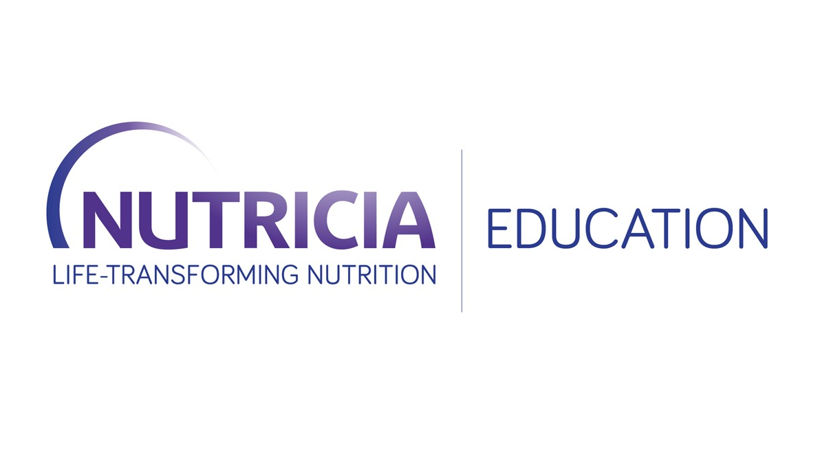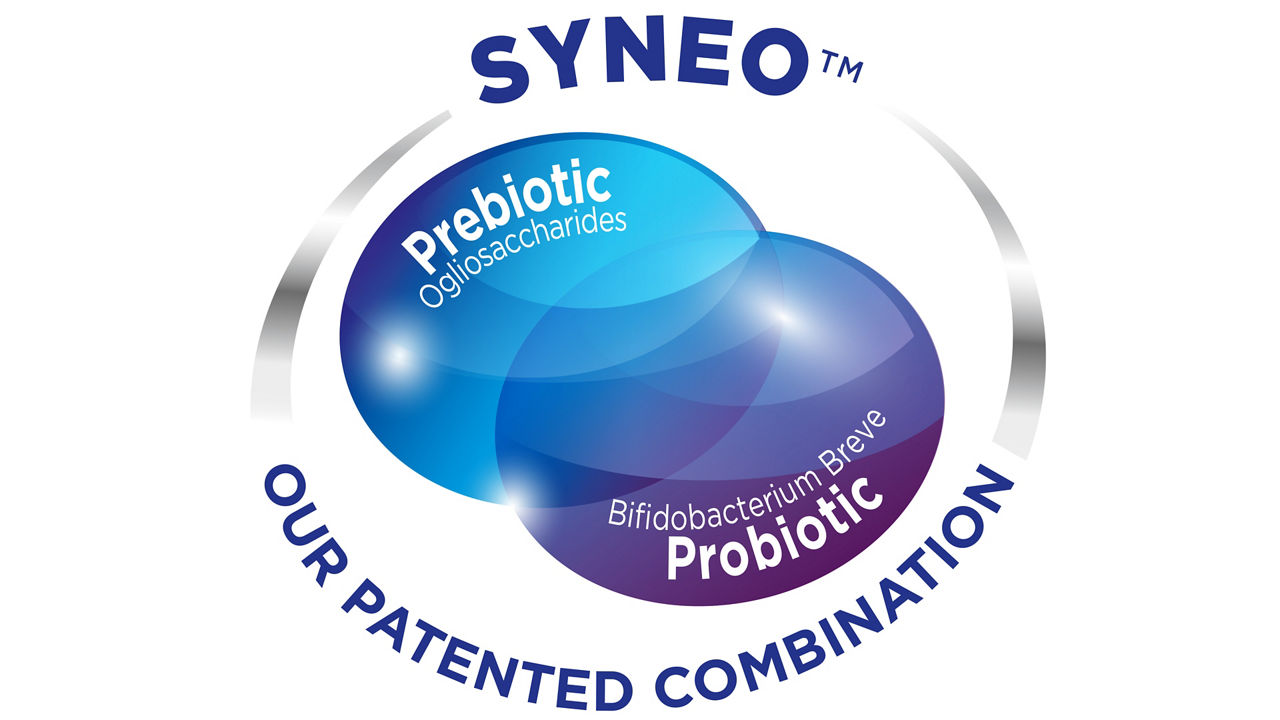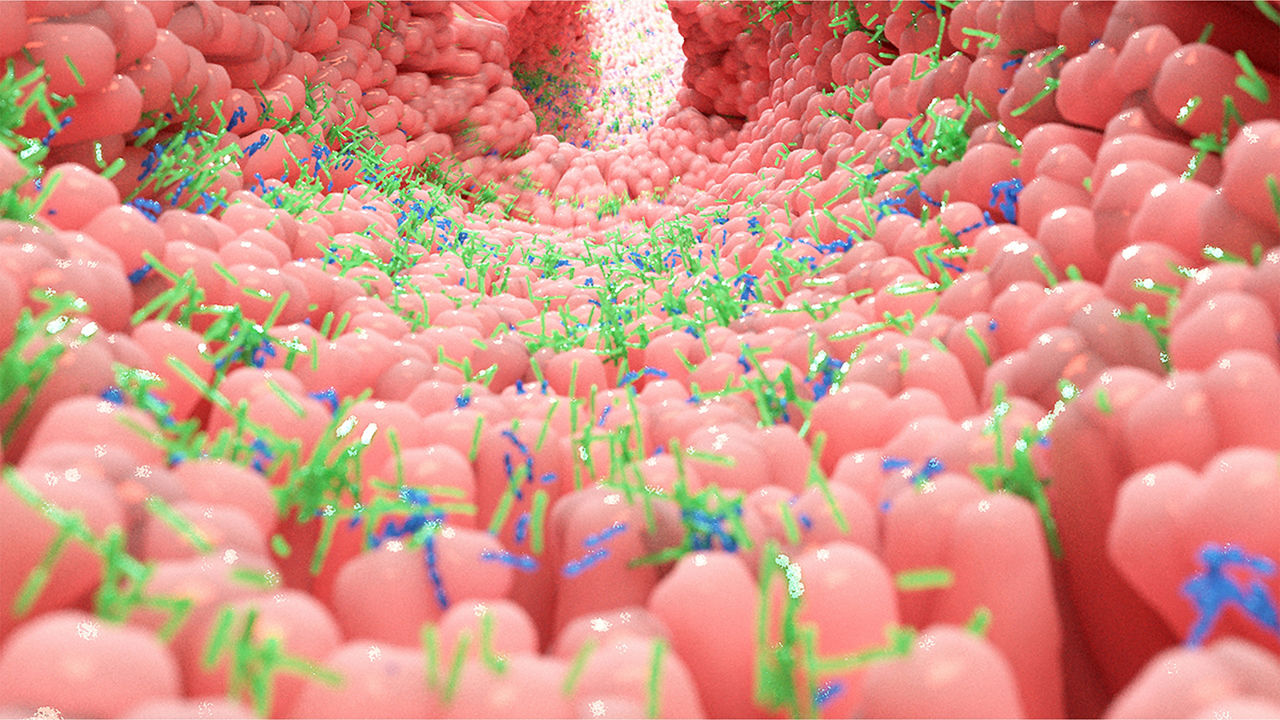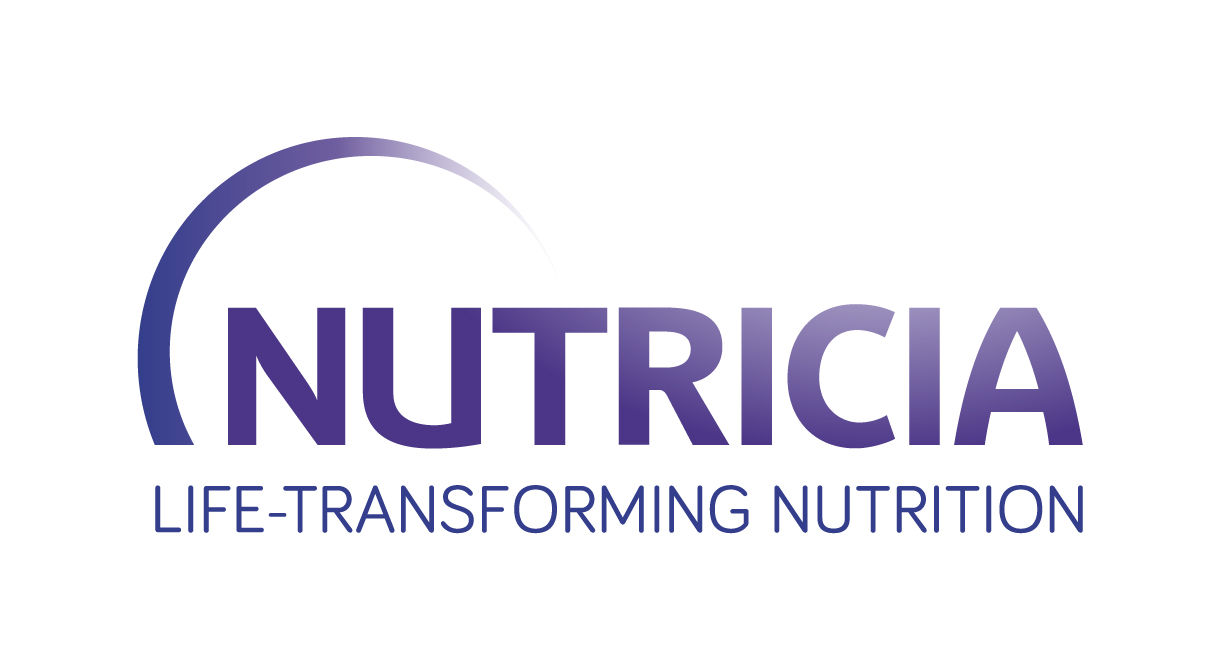Welcome to the healthcare professional pages of Cow’s Milk Allergy. Here you’ll be able to access a range of valuable articles and resources related to this topic, including clinical guidelines and detailed product information.
Cow’s Milk Allergy
About medical nutrition
Cow’s milk allergy affects 2-5% of infants globally [1]
The role of nutrition
Allergy can place a significant burden on both the patient and their families, as well as on healthcare resources2,3. Allergies, including cow’s milk allergy (CMA), are caused by the body’s immune system overreacting to stimuli that are otherwise harmless.
Breastfeeding is the very best nutrition for all infants. When breastfeeding is not possible, there are tailored nutritional solutions – hypoallergenic formulas – specially designed for infants with cow’s milk allergy.

The mainstay of dietary management of CMA infants is the avoidance of all cow’s milk and cow’s milk protein-based infant formulas. Breastfeeding is the gold standard for infant nutrition; however, it may not always be possible for all CMA infants. Therefore, healthcare professionals may prescribe specialized infant formulas based on hydrolyzed protein or amino acids for dietary management.
Due to the recognition that there is gut microbiota dysbiosis in allergy4-6, there is a compelling rationale for the addition of both pre- and probiotics ingredients to formula for infants with CMA. An extensive clinical trial program has investigated the role of synbiotics (a blend of pre- and probiotics) in the dietary management of CMA7-10.
Cow’s Milk Allergy portfolio
Our products play a key role during early life. From supporting healthy growth and development to providing the medical nutrition necessary when health is challenged including cow's milk allergy. The Nutricia products shown from this point onwards are foods for special medical purposes and intended for the nutritional management of diseases and related medical conditions. Medical nutrition is for use under medical supervision

Cow's Milk Allergy products
The Nutricia Cow’s Milk Allergy products should be used under medical supervision.
ESPGHAN 2025: Downloads
Clinical guidelines
Patient story
Lorena and Maria’s story
Like many mothers, Maria chose to breastfeed her daughter Lorena when she was born. But the joy of those first weeks and months was overshadowed by Lorena’s near-constant tears and irritability. Sleep was a thing of the past. After many appointments and tests, their pediatrician finally diagnosed cow’s milk allergy, which brought the family a sense of both relief and anxiety. A specialized formula was recommended and within 5 days Lorena was calmer and sleeping soundly, as were her parents.
Congresses and events
Webinar recording: “Supporting the appropriate diagnosis of Cow’s Milk Allergy”
Listen to Dr Nick Makwana, a leading Allergy Specialist from the UK, in conversation with a General Practitioner (GP) who has a keen interest in paediatric allergy and how that impacts the populations she looks after.
This session covers all key aspects of recognising and, first line management of Cow’s Milk Allergy (CMA) in the primary care/community setting. The session format is an informal Question and Answer discussion with summary points and key takeaways.
Key insights include:
- The challenges of recognising and diagnosing CMA
- The key guidelines
- The importance of allergy focused history
- The differences between IgE and non IgE allergy
- Management options for infants with CMA
- The unusual presentations of CMA

Nutricia paediatric Allergy sessions
Watch here the recordings of the plenary sessions of the Nutricia Paediatric Allergy Sessions 2022. A virtual meeting focused on paediatric food allergies, featuring a global panel of renowned experts. Educational sessions on new clinical insights and evidence behind the prevalence, guidelines and management of paediatric allergy.
Nutricia Education

Continued learning enables us all to deliver the best possible care to those who need it most. Here we bring science-led educational resources as well as news from leading medical congresses, helping to stay up-to-date with the latest advances in medical nutrition.
Feature articles

A paradigm shift in the management of Cow’s Milk Allergy is needed
Early life presents an important window of opportunity to positively influence the development of the immune system and gut microbiome. Gut health is strongly linked to allergy development later in life. Inspired by breastmilk research our approach to managing food allergies goes beyond allergen avoidance and looks towards supporting gut and immune fitness through medical nutrition. Hear from real patients and healthcare professionals about managing food allergies.

Syneo: stronger than you think
Our immune system works hard to protect us from infections by attacking the viruses and bacteria that can make us ill. An allergic reaction to food occurs when the body's immune system responds inappropriately to something in a particular food. In the case of cow’s milk allergy (CMA) the immune system overreacts to one or more 'proteins' contained in cow's milk11. CMA is the most common food allergy in early childhood, affecting 2-5% of infants11. Symptoms are broad (e.g. diarrhea, wheezing and eczema) and can be distressing for both the infant and their families.

Show gut dysbiosis what you’re made of
It is becoming increasingly clear that the gut plays a central role in our overall health; specifically, the complex system of micro-organisms that live within the gut, collectively known as the gut microbiota12. When the delicate balance of gut microbiota is disturbed during early life, it may increase the risk of health problems like allergy, obesity, heart and vascular disease, diabetes and hypertension13,14.
SYNEO formulations are the only hypoallergenic formulas that have been proven to rebalance the gut microbiota, with the help of specialized pre- and probiotics for infants.

Immune-gut interplay
70% of our immune cells are located in the gut15, making it our largest immune organ. Find out how our gut microbiota in early life can affect our chances of developing an allergy.

From avoidance to active dietary management
Avoiding allergens has long been the established way of managing food allergy. Emerging evidence suggests that a more active, nutritional approach may be more effective.
News
Synbiotics in Cow’s Milk Allergy Management
- Fiocchi A, et al. World Allergy Organization Journal. 2010;3(4):57-161.
- Michaelis L, et al. Upskilling healthcare professionals to manage clinical allergy. Clin Exp Allergy. 2019;49:1534-1540.
- Meyer R, et al. The impact on quality of life on families of children on an elimination diet for Non-immunoglobulin E mediated gastrointestinal food allergies. World Allergy Organization Journal. 2017:10; 8
- Berni Canani R, et al. ISME J, 2016;3:42-50.2
- Ling Z, et al. Appl Environ Microbiol, 2014;80:2546-54.3
- Thompson-Chagoyan OC, et al. Pediatr Allergy Immunol, 2010;21:e394-400
- Burks A et al. Pediatr Allergy Immunol. 2015;26(4):316-22
- Candy D et al. Pediatr Res. 2018;83(3):677-86
- Fox AT et al. Clin Transl Allergy. 2019;9:5
- Chatchatee P et al. JACI. 2021
- Collado MC, et al. Pediatr Res, 2015;77,182-8.
- Jandhyala SM, et al. World J Gastroenterol, 2015;21(29); 8787–803.
- Collado MC, et al. Pediatr Res, 2015;77,182-8.
- Lee YY, et al. J Paediatr Child Health, 2017;53,1152-8.
- Prescott, S.L, Origins: Early-life solutions to the modern health crisis, Published on 2015: University of Western Australia Press, Crawly, Western Australia.
Are you a healthcare professional or (carer of) a diagnosed patient?
The product information for this area of specialization is intended for healthcare professionals or (carers of) diagnosed patients only, as these products are for use under healthcare professional supervision.
Please click ‘Yes’ if you are a healthcare professional or (carer of) a diagnosed patient, or ‘No’ to be taken to a full list of our products.
The information on this page is intended for healthcare professionals only.
If you aren't a healthcare professional, you can visit the page with general information, by clicking 'I'm not a healthcare professional' below.






